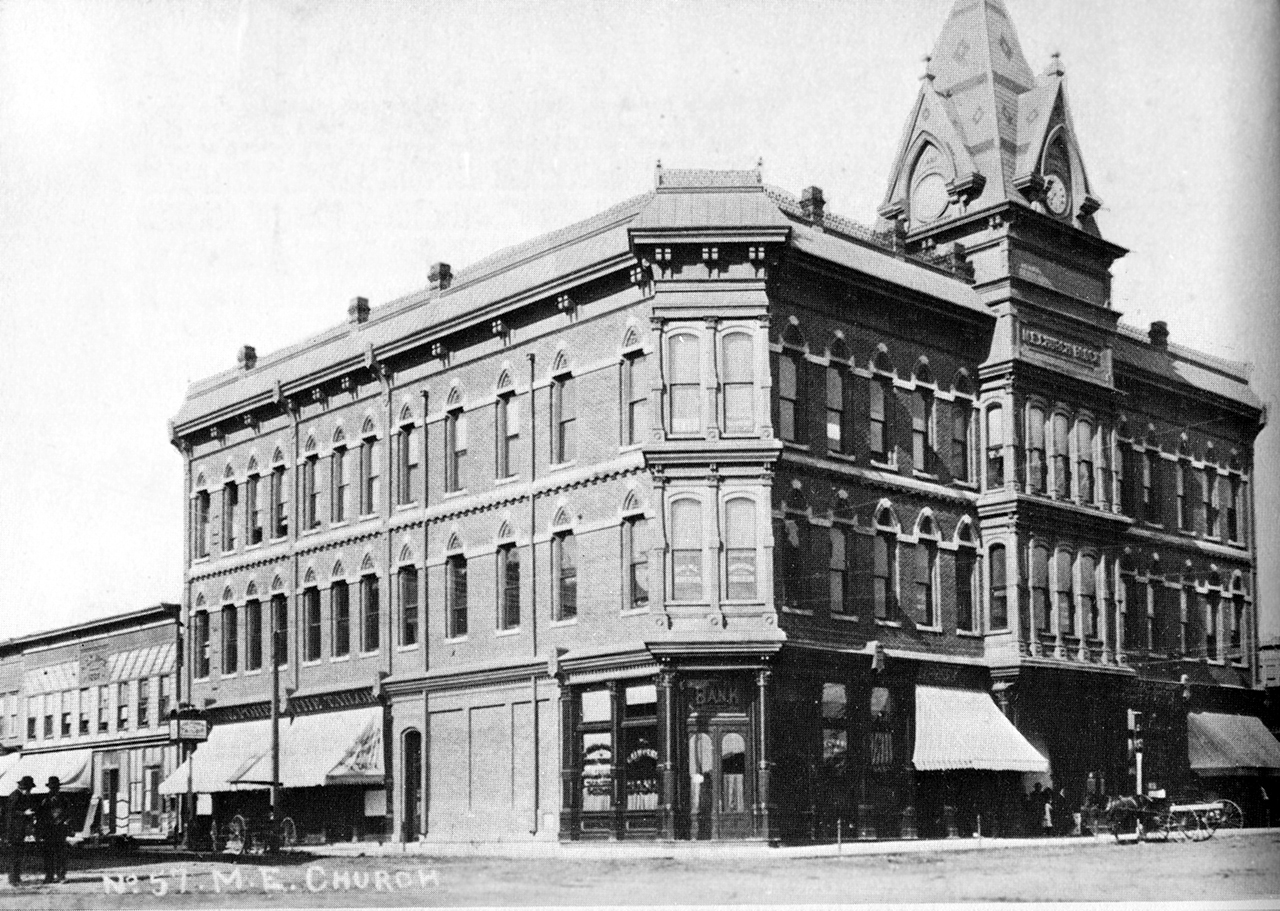This blog entry is part of a larger series about a shared aspiration for the future of the United Methodist Church. These aspirations are framed by three things: 1) making the local church the center of our life together, 2) innovative leadership marks our future path, 2) a connectional church that is inverted for the benefit of local ministry. Over the next few months, let’s explore each of these in detail and how we might live out a new way of being Methodist.
What would happen if…we realigned all our local church real estate and other assets to reach new people through intercultural and intergenerational ministry?
When I was a child, my father made a living by flipping houses in south Los Angeles. Like every broker and contractor, he said that the three most important factors in real estate are: location, location, location. In the life of the local church, the same is true, except for one letter.
One of greatest blessings of being part of a connectional church is how we come together to think and create strategically. When it comes to where a local church is located, the primary language or culture it has, or what kind of ministry a church offers to the world, we work at it together. District Superintendents are the “missional strategist” for each district. Laity in each church maintain a sense of vision and context. Pastors serving the local church help disciple and equip people for ministry in Jesus’ Name. This is a connected work. Both our connectional system and our locations are a great asset to us. They are gifts from God to engage in vital witness and ministry of Christ Jesus.
This strategic work once came quite easily. We bought land. We planted churches. Our mission and ministry were once a dynamic force for good in the world. In the 1960’s and 1970’s Bishop Gerald Kennedy led a vision in the old Southern California-Arizona Conference for 100 churches with 1,000 members. It was a goal that was realized. (Bishop Kennedy once appeared on the cover of Time Magazine.)
In 2020, we see the legacy of Bishop Kennedy’s vision along with many others. Our United Methodist Churches dot the Western United States in an unparalleled way. While Roman Catholics and Southern Baptists outnumber Methodists in the West by membership/attendance, we have a great lead in the number of church buildings and locations worth millions upon millions of dollars.
Yet, we recognize that since those days our churches are not as filled as they once were. Those many buildings we built and lands we purchased now need deferred maintenance at an unimaginable scale. Moreover, we are saddened to see so many of our once-full buildings now sparsely populated with faithful followers of Jesus. Somehow, somewhere, something changed. Are we now at a tipping point where we can no longer maintain all of this “stuff?” In my experience, we are closing more churches every year than we are starting new ones.
What would happen if we came together to create a grand vision to realign our local churches? This vision would emerge from the best local lay and clergy leadership in regionalized areas, like a circuit or mission area. Rather than a top-down process, what would happen if we could simply look at our circuits/areas and ask how we could best use our locations and assets to be relevant to the people who live there? Could we rethink “location” and “vocation” together instead of as separate things?
Imagine church facilities being used to house non-profits or NGOs. Imagine gathering spaces for discipleship and team building. Imagine transitional housing or immigrant/refugee services in conjunction with local partners at one of our locations. Imagine rebuilding and upgrading church campuses in strategic locations. Imagine spaces used for worship across generations and across cultures which would reflect the reign and rule of God in Christ. Just imagine if we worked together to look at every town, every neighborhood, and every city and asked where we need the best locations to meet the deepest spiritual, emotional, and physical needs.
Of course, when we raise the notion of rethinking our locations there is a natural anxiety that begins to rise. We fear that my church could be on the chopping block or my appointment will be at risk. This is natural. We have poured blood, sweat, and tears into all these locations.
Might we pause to think and pray not just about location, but also about vocation…our calling. What is our calling? Buildings? Land? Institutions? We should think of our calling as the mission…to make disciples of Jesus Christ for the transformation of the world. We can do this without any locations at all. So why have them? They are a MEANS to an END. All of our “stuff”, our locations, only have meaning when they are a means of accomplishing our mission.
It is time to roll out of map of our respective areas and look carefully at the people who live, work, and play there. We can then ask the question of how we align every location, every building, and our own institution to live out our vocation.
Locations with Vocation. Places for People. That is our mission.
Perhaps my dad was almost right. He was just one letter off. Vocation. Vocation. Vocation.
Next week, let’s explore team-based circuit ministry as one way we match our vocation to our location.


I think you have been reading my mail! Too many lone rangers…I await your insights